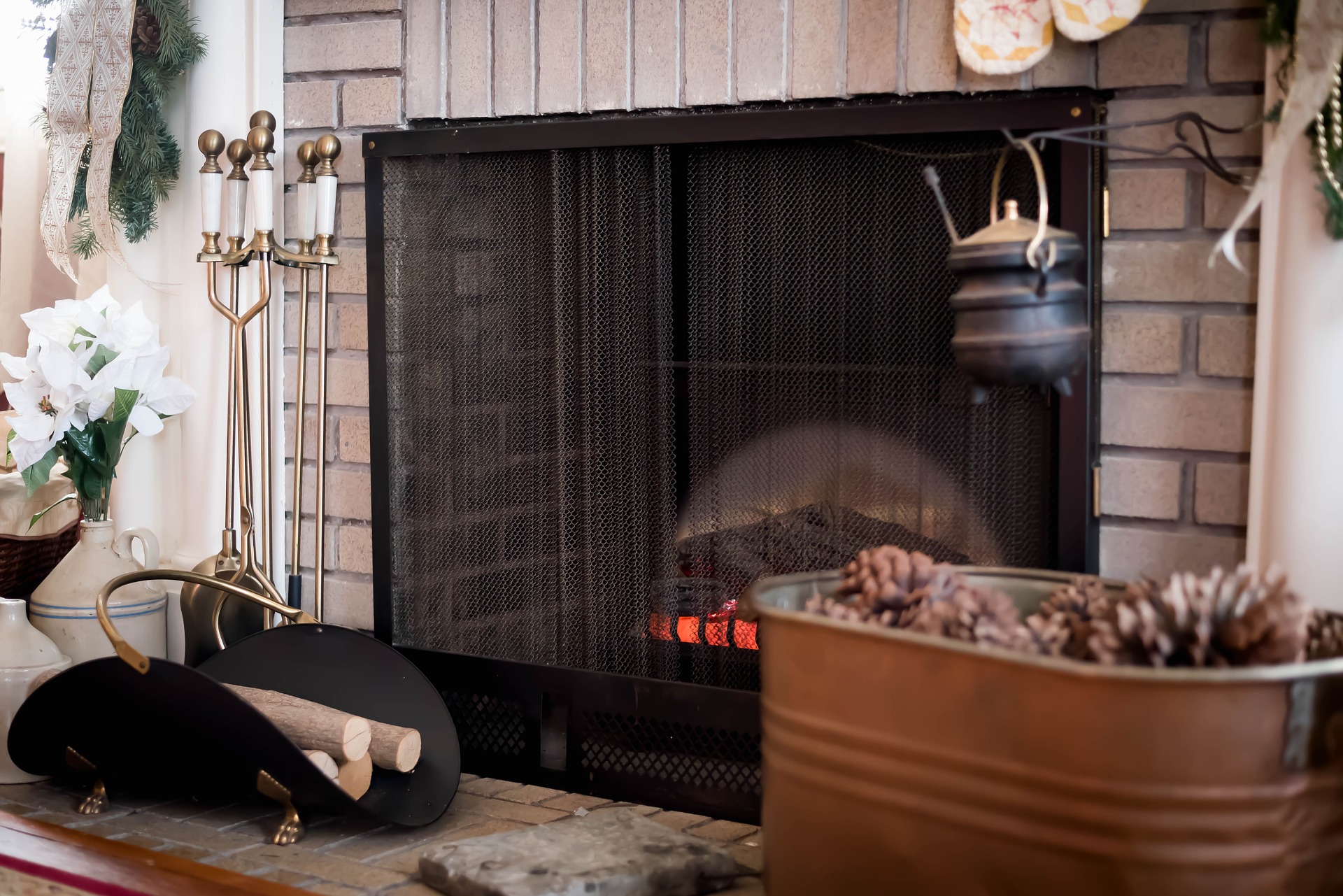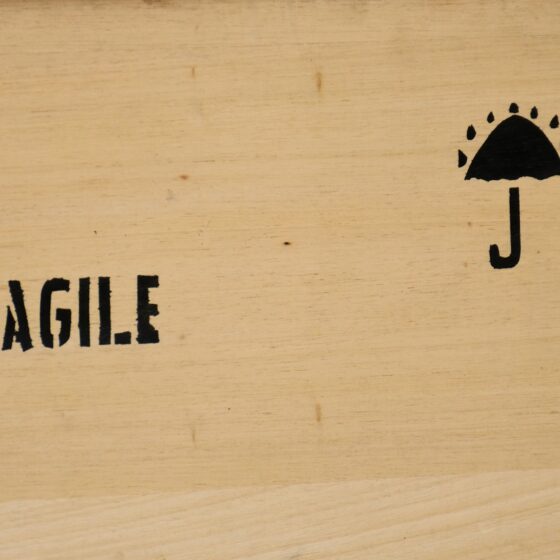There’s no need to discuss the necessity of fire safety statistics—they’re essential for understanding the dangerous reality of this ravaging force of nature that so many of us neglect. Fire prevention is especially important for vulnerable populations in terms of age, disability, and poverty. However, other factors also play a morbid role in US death rates. These stats and facts expose the biggest risk factors.
Where do you stand in regard to the risk of fire? Read on to assess your chances of ever experiencing the destructive power of fire and learn how to reduce your risk.
The Top 10 Fire Safety Statistics & Facts
- 0.22% of deaths in the world are due to a fire.
- West Virginia had the biggest relative fire death risk in 2017.
- There’s an average of 3,170 deaths each year in the US due to fire.
- In the US, there were 115 victims of fires and explosions in the workplace.
- The US suffered $25.6 billion in property losses due to fire in 2018.
- Children aged 15 years and under accounted for 9.3% of the total fire fatalities in 2018.
- In the case of fire safety among senior citizens, statistics show that people older than 85 have the highest fire death rate of all age groups.
- 30% of all fires are residential home fires.
- 50.7% of home fires start in the kitchen.
- Pets accidentally start about 1,000 home fires every year.
Fire Death Statistics & Risks
In this section, we’ll be looking at deaths caused by fires and the risks involved with fires.
1. 0.22% of deaths in the world are due to a fire.
(World Life Expectancy, Statista)
Fire is in 27th place on the top 30 list of biggest causes of death worldwide.
In 2017, the Ivory Coast had the highest rate of fire deaths per year in the world, at 14.53 per 100,000 people. Angola and Sierra Leone had the next worst fire death rates in the world, at 11.18 and 10.86 deaths per 100,000, respectively. The US was in 136th place among 183 countries in the world, with a fire death rate of 0.73 per 100,000 in 2017.
Malta had the best ranking that same year (0.02), followed by Iceland and Singapore, with respective fire death rates of 0.10 and 0.13 per 100,000.
2. The fire safety facts show that West Virginia had the biggest relative fire death risk in 2017.
(USFA)
West Virginia is followed by Alaska and Arkansas. In terms of deaths per 100,000 population, West Virginia (29), Alaska (27), and Arkansas (24) had the highest values in the US. In contrast to this, the lowest fire death rates were reported in New Jersey (4.6 per 100,000), Connecticut (6.7), and Massachusetts (7.1).
3. The fire safety facts show that nearly every state across the US has fewer deaths related to fire compared to the same data from 30 years ago.
(NFPA)
A comparative statistical analysis of the incidence of fire-based deaths in the US for the 1981–1985 period vs. 2013–2017 revealed that, with the exceptions of New Mexico, Arizona, and Nevada, the numbers in all other states are lower.
4. The US death rate related to fire, flames, and smoke is 0.9 per 100,000 people, fire death statistics from 2018 reveal.
(Statista)
The death rate due to unintentional injury by fire has overall negative trends in the last 100 years. Since 1915, the highest average annual death rate caused by fire, smoke, or flame was registered in 1920, when 8.7 individuals per 100,000 people died of fire-related causes. The decrease in the fire death rate wasn’t constant for each consecutive year, but overall it’s significantly lower.
5. There’s an average of 3,170 deaths each year in the US due to fire, death statistics from the NFPA show.
(NFPA, Statista, BLS, CDC)
In 2018 alone, there were 3,571 fatal fire injuries nationwide. Of these, 2,134 were men and 1,437 were women. During the same year, 1.32 million fires were reported in the US, approximately the same number as in 2017. These numbers are significantly lower than those in 1990, when there were 2.1 million reported fires, and even in 2000, when there were 1.7 million fires.
6. In the US, there were 115 victims of fires and explosions in the workplace, fire statistics for 2018 show.
(BLS, Statista)
The median death toll due to fires and explosions in the workplace for the 2011–2018 period is nearly 125 deaths per year, based on BLS figures.
In 2018, almost 2% of the fatal accidents at work were caused by fires and explosions, according to fire safety in the workplace statistics.
In the same period, there were 58,250 reported injuries among American firefighters on duty and 64 deaths in their ranks.
In comparison, in 1977, there were almost twice as many cases of injuries among US firefighters (112,540) and 157 deaths caused by fire.
7. Fire safety stats show that the US suffered $25.6 billion in property losses due to fire in 2018.
(Statista, NFPA)
In 2018, 499,000 fires out of the total 1,318,500 fires reported originated in structures, and 212,500 fires were reported in vehicles.
Fires caused losses worth $43.6 billion in 2018, a record number since 1990, and a significant increase since 2017, when the overall losses due to fire were estimated at $36.5 billion. Of 2018’s figures, $11.1 billion total was lost due to fires in structures, and $1.88 billion was lost in fire damage to vehicles. This is a mixture of home and industrial fires statistics.
These figures are just one of the reasons that homeowners and industrial property owners need to be sure that their property is covered by property or home insurance. These fires could happen at any time, and you want to ensure that you’re covered should your property be affected.
Demographic Facts About Fire Safety in the US
Here, we’ll be looking at the demographic groups that are most affected by fires in the United States.
8. Statistics by race and ethnicity show that Native Americans and Alaska Natives have the highest fire death rate in the US.
(NFPA)
Following the statistics from the National Fire Protection Association, Native Americans, Alaska Natives, and African Americans of all ages have higher death rates than other racial and ethnic groups. Two of the US states with the highest death rates are also home to the biggest share of Native Americans or Native Alaskans.
However, in the 2013–2017 period, Native Americans accounted for 1% (50 deaths a year on average) of the total death toll, and African Americans accounted for 20% (640 deaths yearly).
9. Fire statistics by state reveal that 90% of states with high fire death rates are in the South of the US.
(NFPA, Fire Science, USFA, CDC)
Fire death rates in the US in 2017 were highest in the South, with the exception of Alaska. In 2018, 1,550 fire deaths were reported in the South—or 43.4% of the total numbers. In the Northeast, there were 528 deaths, 855 in the Midwest, and 638 in the West.
In terms of victim counts, California, Texas, and New York had the biggest death toll, but West Virginia, Alaska, and Arkansas had the highest death rates.
10. Fire safety statistics reveal that 8 of the 10 states with the highest rate of fire-related deaths also had the largest share of adult smokers.
(NFPA)
Smoking is one of the biggest risk factors of death in a house fire. Following the 2016 NFPA report, only 5% of house fires in the US were caused by smoking or smoking materials in the 2012–2016 period. However, the death toll of these fires was a staggering 23% of the total number of victims in home fires for this period.
11. Facts about fire safety show that poverty is a contributing factor to a higher fire death rate.
(NFPA)
The aggregate data for 2013–2017 from the NFPA show that six of the 10 US states that have the highest fire death rates are also among the 10 poorest states in America by the share of people living below the poverty line.
Based on research from 2012, the fire death rate is five times greater in counties where 20% or more live in poverty than it is in counties where this share is below 5% (a ratio of 12.4 deaths vs. 2.6 deaths per million).
12. The fire safety facts for kids reveal that children aged 15 years and under accounted for 9.3% of the total fire fatalities in 2018.
(USFA, CDC)
Children under 15 accounted for 331 of the 3,571 fire victims in 2018, as per CDC data. Almost half of these (164) were children younger than five years.
Although the comparative analysis shows that children under 15 have a 50% lower risk than the general public of sustaining a fatal injury due to fire, this percentage is significantly higher in toddlers and young children under four years.
13. Fire safety facts and statistics reveal that people older than 85 have the highest fire death rate of all age groups.
(NFPA, CDC)
In 2018, the fire death rate for those aged 55 and older per 100,000 population (2.4) was 3.5 times higher than the rate of the US population aged between 20 and 59 (0.75). The general public had an estimated 1.1 fire death rate in that period.
Even though death rates related to fire increased with advanced age in every race, the NFPA exposed exceptionally concerning death rates for African Americans and Native Americans who were 75 and older.
Home Fire Safety Facts & Statistics
In this section, we’ll discuss fire safety and the stats and facts related to this.
14. Almost 60% of deaths in house fires occur in homes without a functional smoke alarm.
(NFPA Education)
In 17% of the total number of home fires, death occurred in homes where the smoke alarm was malfunctioning, and in 40% of cases, where there was no smoke alarm.
Smoke alarms are essential in fire prevention, as shown in the NFPA’s data from 2012 to 2016. Namely, the death rate caused by house fires in this period was twice as high in homes without functional smoke alarms than in those with operational smoke alarms (12.3 deaths vs. 5.7 deaths per 1,000 home fires).
You can also consider making your home smart by getting a smart fire alarm, which will send an alert to your phone.
15. One of the most important fire safety tips and facts is checking for missing or disconnected batteries. Doing so can lower your risk of dying in a house fire by half.
(NFPA)
68% of the time, a smoke alarm malfunctions due to problems with the batteries.
In 13% of home fires, the smoke alarm didn’t sound because the fire was too small for it to detect. 53% of the smoke alarms installed sounded when fire accidents occurred, but in 1% of fatal home fire accidents, the fire was too small to trigger the smoke alarm.
16. 30% of all fires are residential home fires, fire safety statistics reveal.
(USFA, NAFED)
The latest figures on the location of occurring fires in the US show that in 2018, the biggest share of fires (40.6%) happened outside, and 39% of them happened indoors. Residential building fires were largely more frequent than nonresidential building fires, which accounted for only 9% of the total number.
The 2010 survey by NAFED shows that 95% of the house fires reported were extinguished by the use of a business or home fire extinguisher, and in 72% of cases, a single fire extinguisher was used.
17. 50.7% of home fires start in the kitchen, fire safety facts for 2018 confirm.
(USFA)
There were 379,600 fires in 2018 that happened in residential buildings, of which 7,500 fires resulted in injuries.
Among the known fire causes, cooking was found to be the biggest culprit in 2018, accounting for more than half of all residential building fires in the US. In comparison, only 9.4% of fire-based accidents were caused by heating.
As per the USFA’s analyses, electrical malfunctions were behind 6.8% of fire incidents, and 7.5% were due to simple carelessness.
If you’re remodeling your home, pay close attention to the electrics and safety measures that you install in your kitchen.
18. Winter brings a higher risk of death in a home fire, safety facts reveal.
(Statista, USFA FEMA)
In 2018, approximately 75% of the fires resulting in death in the US happened in residential properties, making residential home fires the most dangerous type of fire.
Death toll stats broken down by month show that the winter months bring increased risks of fire deaths. As such, the death toll in 2018 was highest in January (506 deaths).
Logically, in the summer months, when the use of electrical appliances and heat-generators is at its lowest, the fire-related deaths are fewer. The lowest fire death toll in 2018 was observed in August, with some 146 cases. We can expect that the house fire statistics in 2022 will show similar differences between the summer and winter seasons.
19. Pets accidentally start about 1,000 home fires every year.
(Red Cross)
Every pet owner should do their best to protect their pets from home fires. However, they should also keep in mind that their pets can cause a fire, so they need to reduce the risk by keeping them away from candles and other potential hazards. Pets contribute to world fire statistics, so it’s important to keep that in mind.
Conclusion
Even though the fire incidence and death toll trends are going in the right direction, the risk that we all run from fires remains real and dreadful, especially for those who are dependent on the help of others. We hope these figures will motivate you to stop taking chances and proactively prevent the hellish consequences that a fire may inflict on your physical, psychological, and material well-being, as exposed in these fire safety statistics leading up to 2022.
FAQ
How many fires happen in a year?
The U.S. Fire Administration’s data for the ten-year period of 2009–2018 indicate a yearly average of 1,330,800 reported fires in the US. In 2018, there were 1,318,500 fires reported in the country. Of these, 499,000 fires originated in a structure, and 379,600 fires happened in residential buildings.
(USFA, Statista)
What state has the most house fires?
In 2016, West Virginia counted the highest number of house fires that ended tragically. The death rate was 6.76 per 100,000 people. Alaska (6.1 per 100,000) and Alabama (5.4) round out the top three.
(Angie’s List)
What percentage of fire deaths occur in the home?
In 2018, approximately 75% of fire deaths in the US happened in residential structures.
(USFA FEMA)
How many house fires were there in 2020?
Around 374,000 house fires happen each year in the United States. This information is according to the National Fire Protection Association. 2020 would have had around the same number of house fires.
(380 Companies)
How many lives have been lost in the fires?
In 2018, there were 3,655 deaths from 1,318,500 fires in the United States, according to fire safety statistics.
(U.S. Fire Administration)













